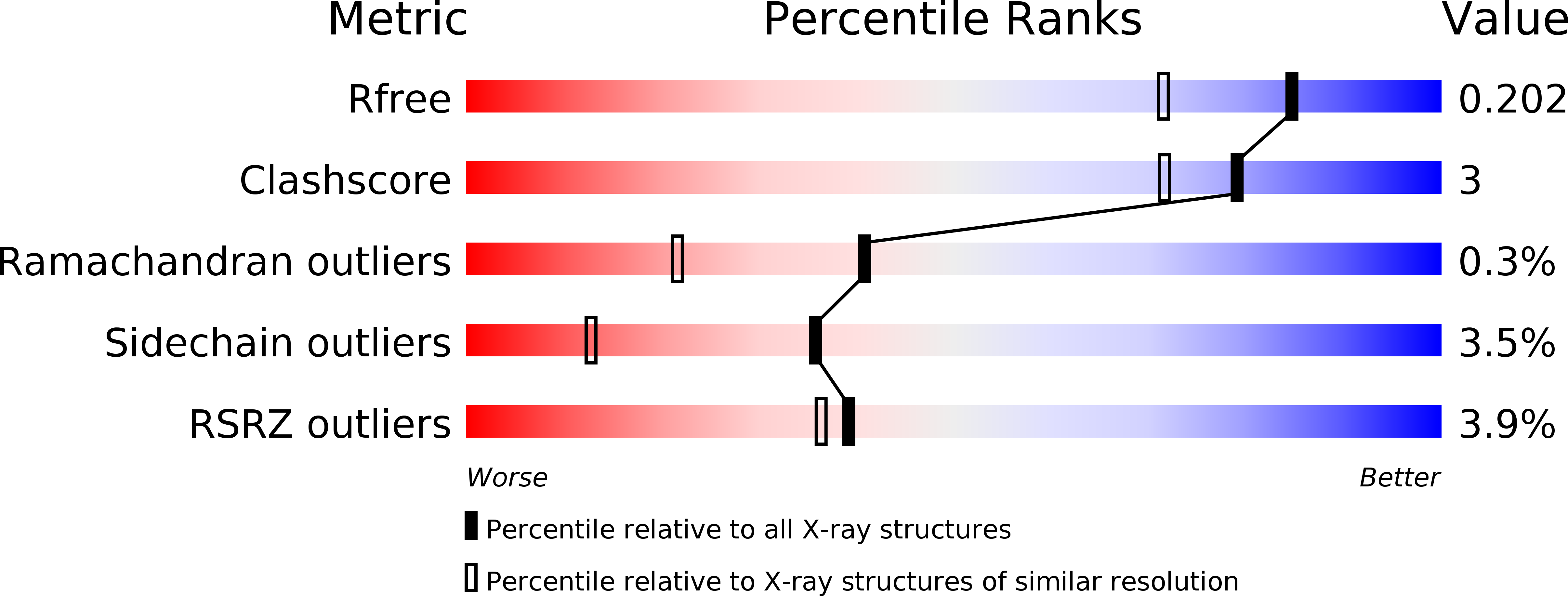
Deposition Date
2012-02-09
Release Date
2013-02-13
Last Version Date
2023-09-13
Entry Detail
PDB ID:
4DNX
Keywords:
Title:
The structure of the ATP sulfurylase from Allochromatium vinosum in the open state
Biological Source:
Source Organism:
Allochromatium vinosum (Taxon ID: 572477)
Host Organism:
Method Details:
Experimental Method:
Resolution:
1.60 Å
R-Value Free:
0.20
R-Value Work:
0.17
R-Value Observed:
0.18
Space Group:
P 1 21 1


